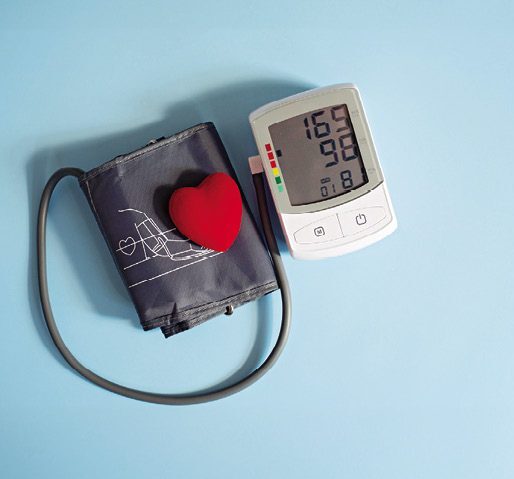Using the wrong device to check your blood pressure at home could produce inaccurate readings that leave you over- or undertreated for hypertension. Here’s how to make sure you are using the right device…
Validated devices. An FDA-approval stamp is not a guarantee of accuracy. Better: Check whether the device has been vetted at ValidateBP.org, which is sponsored by the American Medical Association and lists all monitors that have been rigorously tested for accuracy.
Make sure the retailer allows returns if you are not satisfied. Then take the device to your doctor’s office, and compare its results to a professional reading. If the device is inaccurate, return it and keep shopping.
There’s quite a variety when it comes to the look and feel of different devices. There are streamlined models or complex ones with Bluetooth, multi-user functionality, memory storage and more. The cheapest, simplest devices generally are just as accurate as, if not more accurate than, the ones with all the bells and whistles. Simple, reliable devices run about $35 and typically can be found at pharmacies and medical-supply stores.
Special considerations. You’ll need to do some careful shopping if you fit into any of these categories…
If your arms are large: Measure the circumference of your arm halfway between the elbow and shoulder. Make sure your arm falls within the cuff-size range of the device you’re considering (this should be listed in the product specs).
If your arms are small: A too-large cuff can throw off readings. If you have thin arms or you’re planning to take a small child’s blood pressure, look for an appropriate device.
If you can’t use your arm for readings: Women who have had a mastectomy with lymph-node dissection…some people with chronic pain…and people on dialysis may not be able to take blood pressure at the arm and should instead shop for a wrist device. Problem: Very few wrist devices have been validated. There are six that have been adequately vetted for accuracy, according to ValidateBP.org. But keep in mind that accuracy depends on appropriate use—people often hold these devices in the wrong position when checking their blood pressure, and that can result in an inaccurate reading.
For the correct way to use a wrist device: Go to the American Heart Association/American Medical Association’s website at TargetBP.org (type “using a wrist cuff to measure blood pressure” into the search box).
If you are pregnant: Developing high blood pressure during pregnancy can result in serious complications for the mother and the fetus. But standard devices often don’t work well on pregnant women because blood vessels behave differently during pregnancy. Currently, very few of the devices at ValidateBP.org have been vetted for pregnancy…a few more are listed on the international site StrideBP.org, but its standards are more lenient.
Use the device correctly. After a five-minute rest and with an empty bladder, take your pressure while seated, using your bare arm placed on a table at heart level in a quiet room with no distractions. Refrain from caffeine an hour before testing. Standard guidelines recommend taking two or three readings and using the average.


